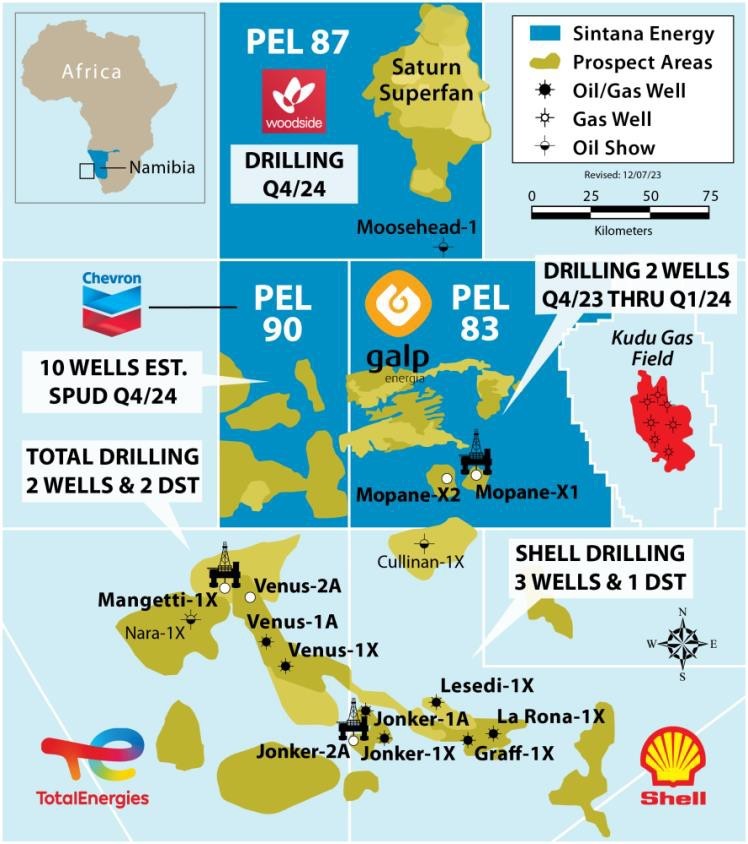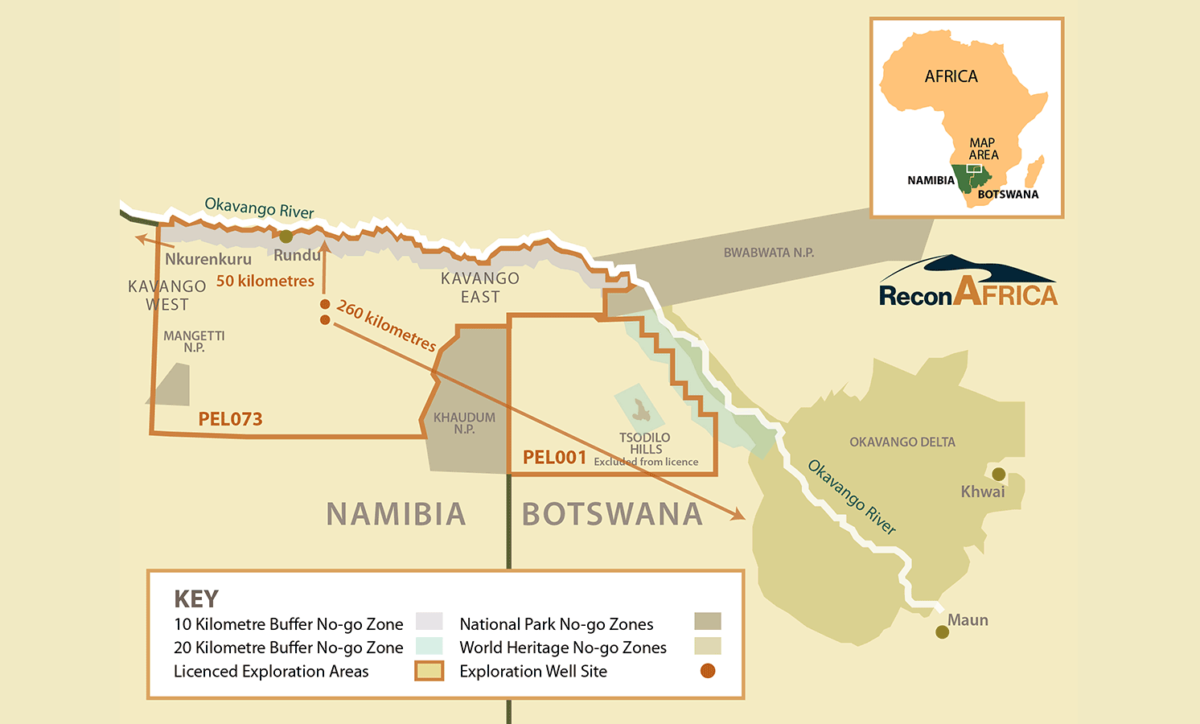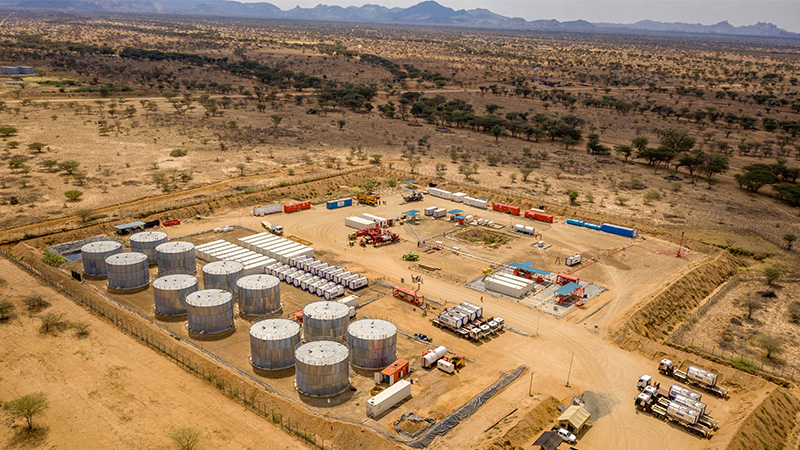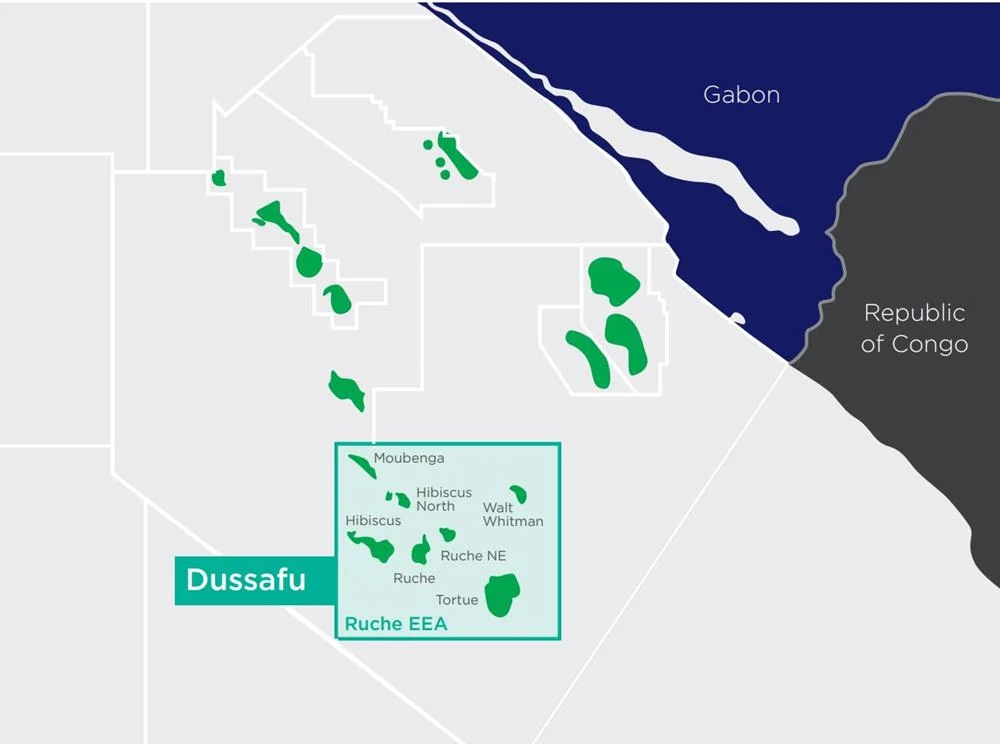NEMA Approves Tilenga Project
The National Environment Management Authority (NEMA) has granted Certificate of Approval of Environmental Impact Assessment (EIA) for the Tilenga Project.
The Certificate of Approval of Environmental Impact Assessment (EIA) was issued on the date of 15th April 2019.
The Tilenga Project is in the north of Lake Albert and constitutes License Areas (LA) 1 and 2. Total E&P Uganda B.V (TEPU) and Tullow Uganda Operations Pty Limited (TUOP) are Operators for LA 1 and LA 2 respectively.
Uganda National Oil Company Limited (UNOC) is mandated to hold and manage 15% State participating interest in the Tilenga Project. The Company is currently negotiating the back-in into the Joint Operating Agreements (JOAs) that is required to allow for the State Participation in the Tilenga Project.
Signing of the JOA will enable UNOC to take an active part in project investment decision making through the JV Partners’ Operating Committee Meetings, including sanctioning of work programs, budgets, contracts and expenditures.
The overall objective of the Tilenga Project is to establish production of the oil fields in an economically prudent manner using sound reservoir management principles and best industry practice.
This includes ensuring the safety of workers and the public and limiting as far as practicable adverse environmental and social impacts of the projects’ activities, enhancing the beneficial impacts, and also seeking to achieve a net gain in biodiversity and ecosystem services as relevant, in compliance with national laws and international standards.
The development of the project will stimulate accelerated economic growth, job creation, and contribute towards poverty eradication and general prosperity to the people in Uganda.
Anticipated benefits for the country include:
1. Increased revenue for Uganda leading to national economic growth.
2. Improved infrastructure such as roads and job opportunities (skilled and unskilled).
3. The projects are also anticipated to provide businesses with opportunities to supply goods and services to the oil companies and their contractors.
4. Improved accessibility within he projects’ areas due to upgrading of access roads and construction of new roads.
5. Direct and indirect employment opportunities. It is expected the majority of the non-skilled workforce will come from nearby villages and towns.
6. Increased demand for goods and services stimulating economic growth.
7. Development of more educated and skilled workforce through training and skills development for affected communities and project workers.
8. Community empowerment and increased community participation in decision-making.
An Environment and Social Management Plan (ESMP) has been developed in order to support the development and implementation of the mitigation measures identified in the Environmental and Social Impact Assessment (ESIA).
The ESMP will provide overarching mechanisms for:
- The implementation of the supporting plans, including mitigation measures and monitoring requirements.
- Non-compliances and incident reporting, including corrective actions necessary to address new hazards/changes to hazards.
- Implementation of control and mitigation measures.
- Non-compliances or non-conformances with the requirements defined for the project.
The ESMP details activities, impacts, proposed mitigation and monitoring mechanisms with associated roles and responsibilities











